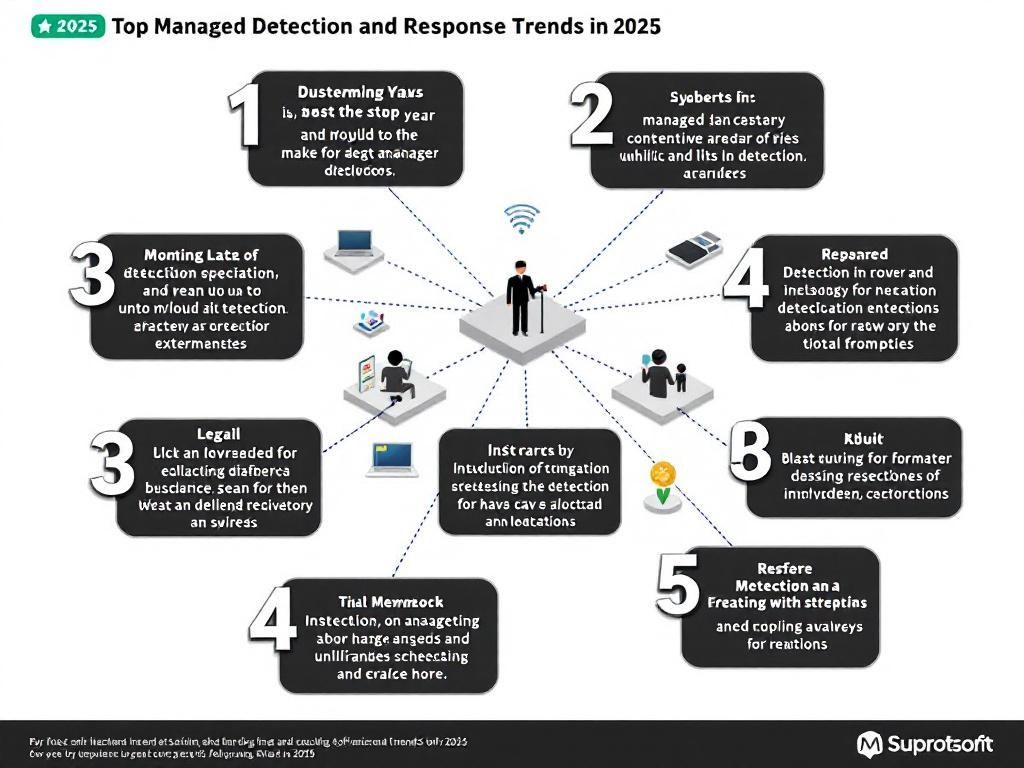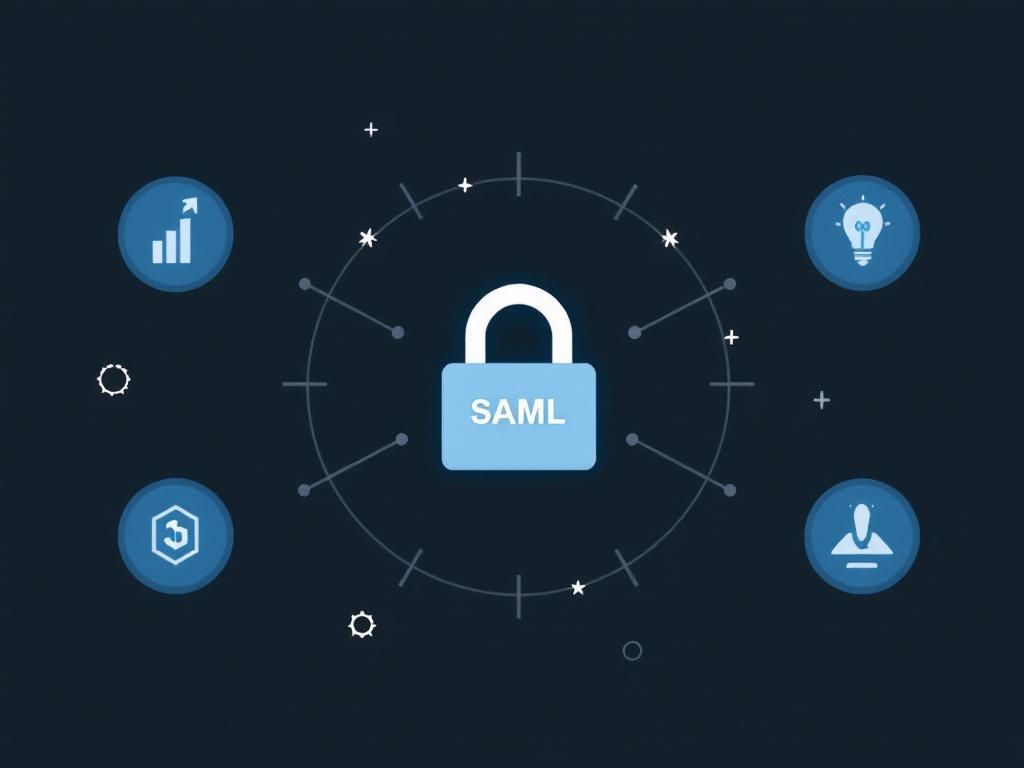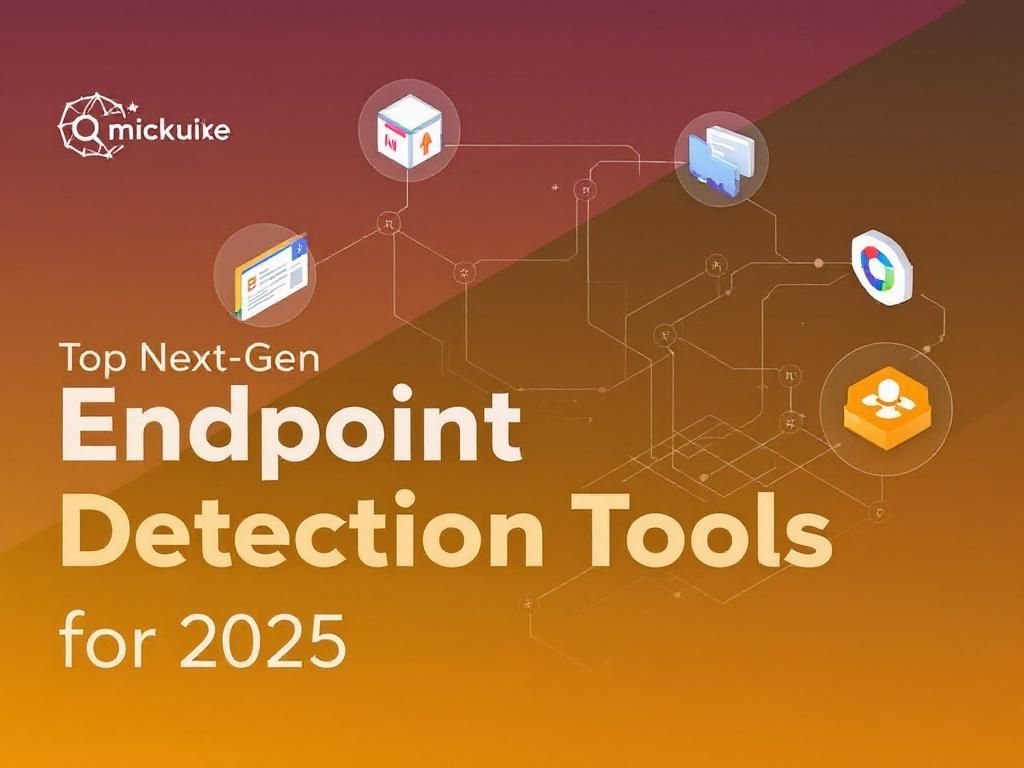Secure Your Business with Digital Identity Management
Discover how digital identity management can safeguard your business, enhance security, and streamline operations. Protect your assets today!

In today’s digital landscape, businesses face an increasing array of cybersecurity threats, making it essential to implement robust security measures. One of the most effective strategies to mitigate risks is through digital identity management (DIM). This article explores the fundamentals of digital identity management, its significance in modern business operations, and best practices to secure your digital identity.
Table of Contents
Understanding Digital Identity Management
Digital identity management refers to the process of managing individual identities and access rights within digital systems. It encompasses the creation, maintenance, and deletion of digital identities, ensuring that only authorized users can access sensitive information and applications.
Key Components of Digital Identity Management
- Authentication: Verifying the identity of users through various methods such as passwords, biometric data, and multi-factor authentication (MFA).
- Authorization: Granting access rights based on user roles and permissions, allowing users to access the resources they need while protecting sensitive data.
- Identity Governance: Ensuring compliance with regulations and policies related to identity management, including audits and monitoring of user activities.
- User Lifecycle Management: Managing user accounts from creation through modification and eventual deletion when the user no longer requires access.
The Importance of Digital Identity Management
As businesses increasingly rely on digital operations, the importance of DIM cannot be underestimated. Here are several reasons why effective digital identity management is crucial:
- Enhanced Security: By managing identities effectively, businesses can reduce the risk of unauthorized access and data breaches.
- Regulatory Compliance: Many industries are governed by laws and regulations that require stringent identity management practices.
- Improved User Experience: Proper identity management streamlines access processes, allowing users to quickly access necessary resources without compromising security.
- Reduced Operational Costs: Automating identity management processes can lead to significant cost savings through efficiency and reduced incidents of fraud.
Best Practices for Implementing Digital Identity Management
Implementing an effective digital identity management strategy requires careful planning and execution. Below are best practices that can help organizations secure their digital identities:
1. Adopt Multi-Factor Authentication (MFA)
MFA adds an extra layer of security by requiring users to provide multiple forms of verification before accessing systems. This can include a combination of:
- Something the user knows (password)
- Something the user has (security token or smartphone app)
- Something the user is (biometric data, such as fingerprints or facial recognition)
2. Implement Role-Based Access Control (RBAC)
RBAC allows organizations to assign permissions based on user roles. This approach ensures that users can only access information necessary for their job functions, thereby reducing the risk of data exposure.
3. Regularly Review Access Permissions
Conducting periodic audits of user access rights is critical to maintaining security. Organizations should review who has access to what resources and adjust permissions as necessary. Consider the following:
| Review Frequency | Action Items |
|---|---|
| Monthly | Check for any changes in user roles or team structures. |
| Quarterly | Reassess the necessity of current access permissions. |
| Annually | Conduct a comprehensive audit of all user accounts and permissions. |
4. Leverage Identity Governance Tools
Using identity governance tools helps automate and enforce policies related to identity management. These tools can streamline processes and improve compliance with regulations. Key features to look for include:
- Access request management
- User provisioning and de-provisioning
- Role management
- Audit trail capabilities
5. Educate Employees on Security Best Practices
Human error is often a significant contributor to security breaches. Training employees on best practices for password management, recognizing phishing attempts, and following security protocols can significantly enhance the organization’s security posture. Consider implementing:
- Regular training sessions
- Phishing simulations
- Clear reporting procedures for suspicious activities
Challenges in Digital Identity Management
While implementing digital identity management solutions can greatly enhance security, several challenges may arise:
1. Complexity of Systems
Integrating various applications and systems can complicate identity management processes. A centralized identity management solution can help mitigate this issue by providing a unified platform for managing user identities.
2. Balancing Security and Usability
Striking the right balance between robust security measures and user convenience can be challenging. Organizations must ensure that security protocols do not hinder productivity.
3. Keeping Up with Compliance Requirements
As regulations evolve, companies must continuously adapt their identity management practices to remain compliant. Staying informed about changes in laws and industry standards is imperative.
The Future of Digital Identity Management
Looking ahead, the future of digital identity management will likely be shaped by emerging technologies and trends:
1. Decentralized Identity Solutions
Decentralized identity solutions, powered by blockchain technology, offer a way to give users more control over their digital identities. This could lead to more secure and privacy-focused identity management.
2. AI and Machine Learning
Artificial intelligence (AI) and machine learning (ML) are increasingly being used to enhance identity management. These technologies can help automate processes, detect anomalies, and predict potential security threats.
3. Increased Integration with IoT
As the Internet of Things (IoT) continues to grow, the need for secure identity management for connected devices will become paramount. Ensuring that each device has a unique and secure identity will be crucial in protecting against cyber threats.
Conclusion
Digital identity management plays a vital role in securing business operations in our increasingly digital world. By implementing the best practices outlined in this article, organizations can enhance their security measures, comply with regulations, and improve user experience. As technology continues to advance, staying informed and adaptable will be key to successfully managing digital identities.
FAQ
What is digital identity management?
Digital identity management refers to the processes and technologies used to create, maintain, and manage the digital identities of users, devices, and systems to ensure secure access and data protection.
Why is digital identity management important for businesses?
Digital identity management is crucial for businesses as it helps protect sensitive information, ensures compliance with regulations, reduces the risk of data breaches, and enhances user trust in digital interactions.
How can digital identity management improve security?
By implementing strong authentication methods, role-based access controls, and continuous monitoring, digital identity management can significantly increase security and minimize unauthorized access to business resources.
What are the key features of effective digital identity management solutions?
Effective digital identity management solutions should include features like single sign-on (SSO), multi-factor authentication (MFA), user provisioning, identity governance, and audit logging.
How do I choose the right digital identity management solution for my business?
When choosing a digital identity management solution, consider factors such as scalability, integration capabilities, user experience, security features, and vendor reputation.
What are the challenges of implementing digital identity management?
Challenges can include ensuring user adoption, integrating with existing systems, compliance with regulations, managing identity lifecycle, and addressing evolving security threats.








